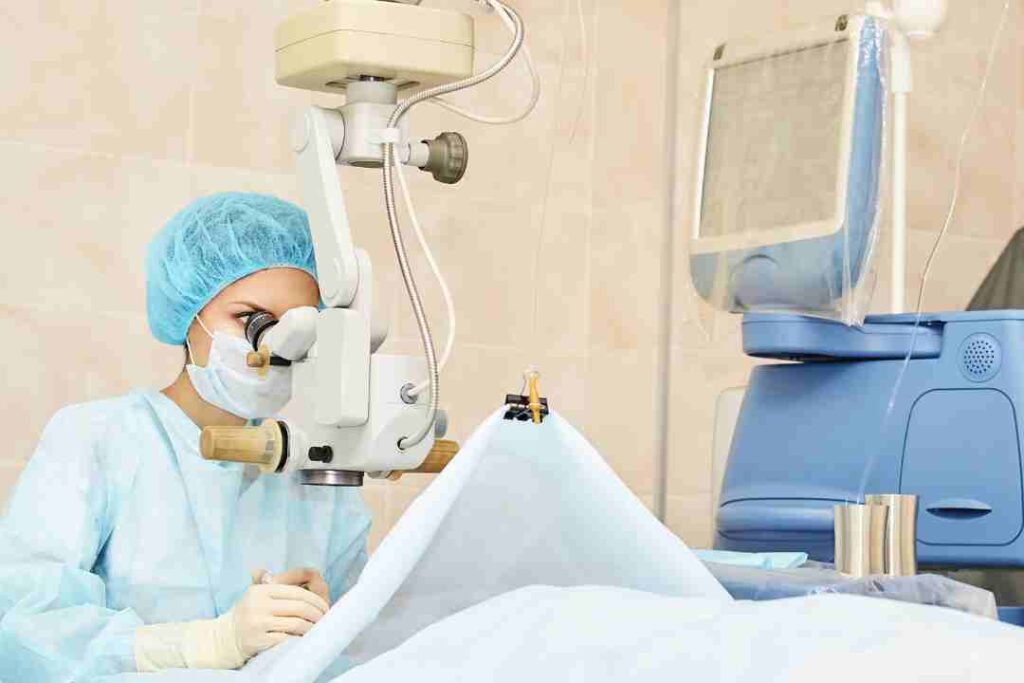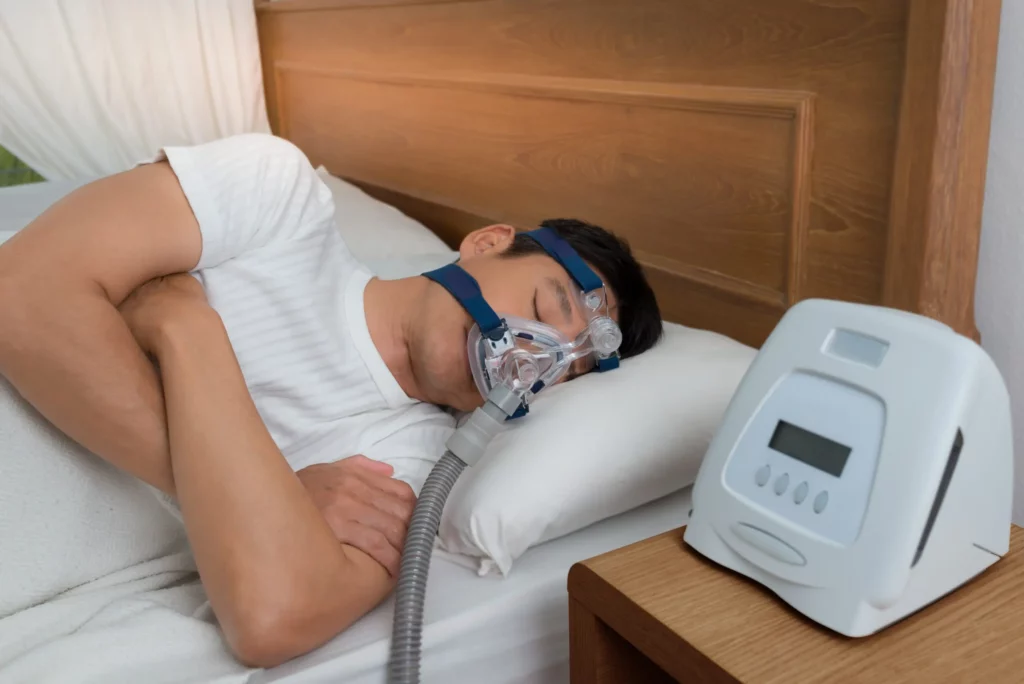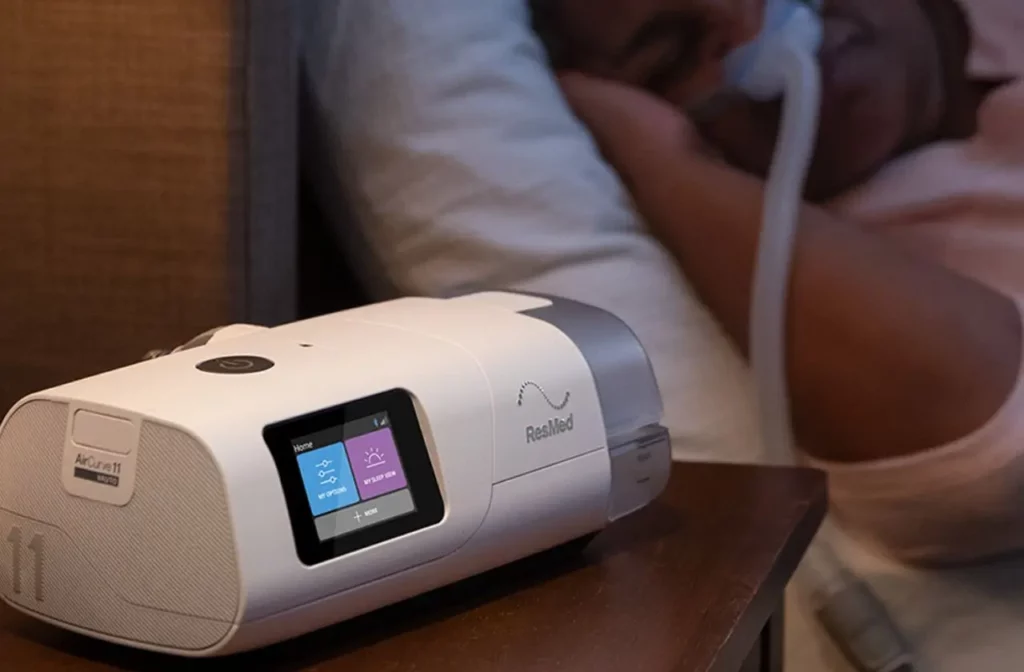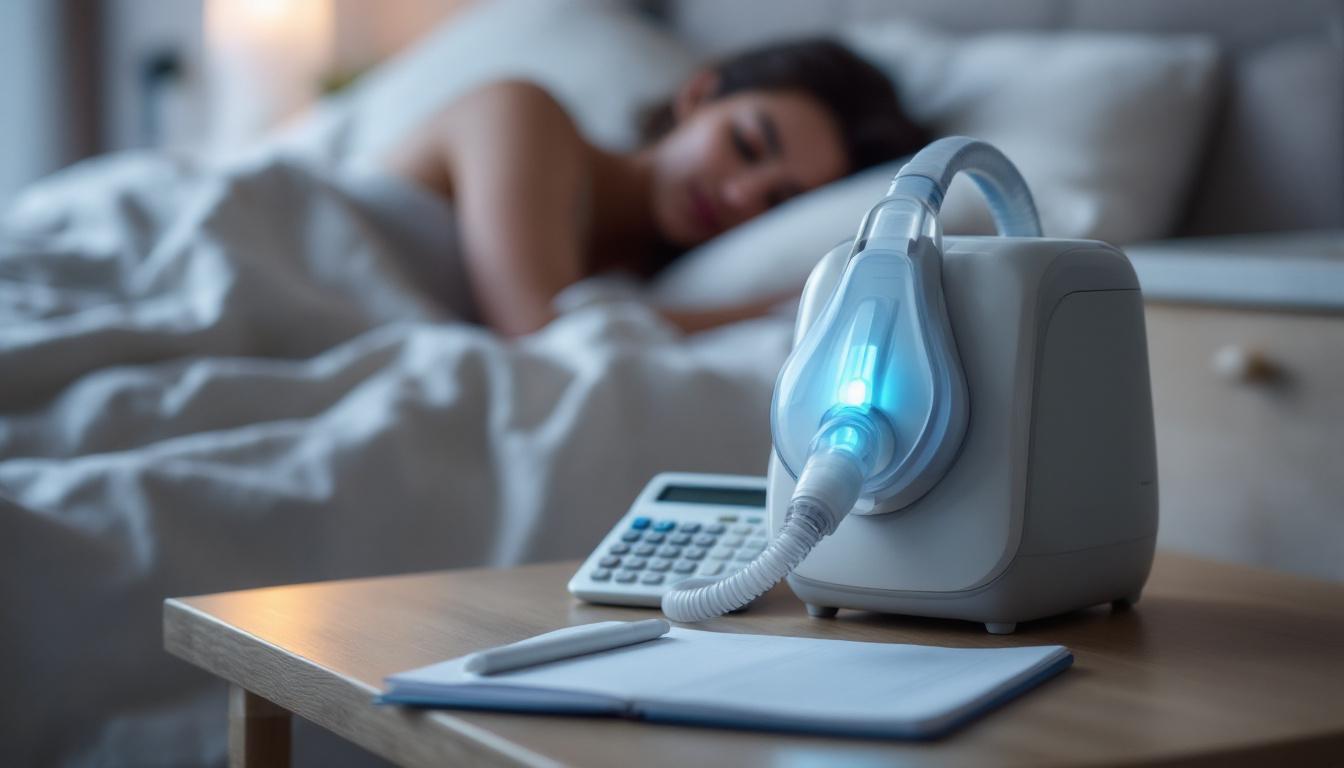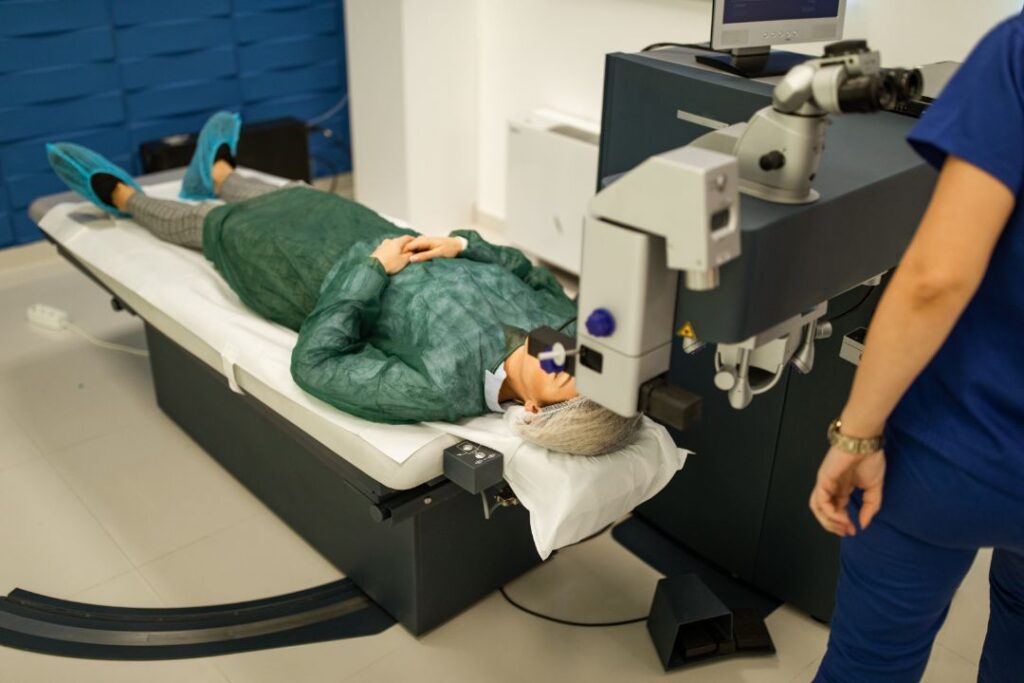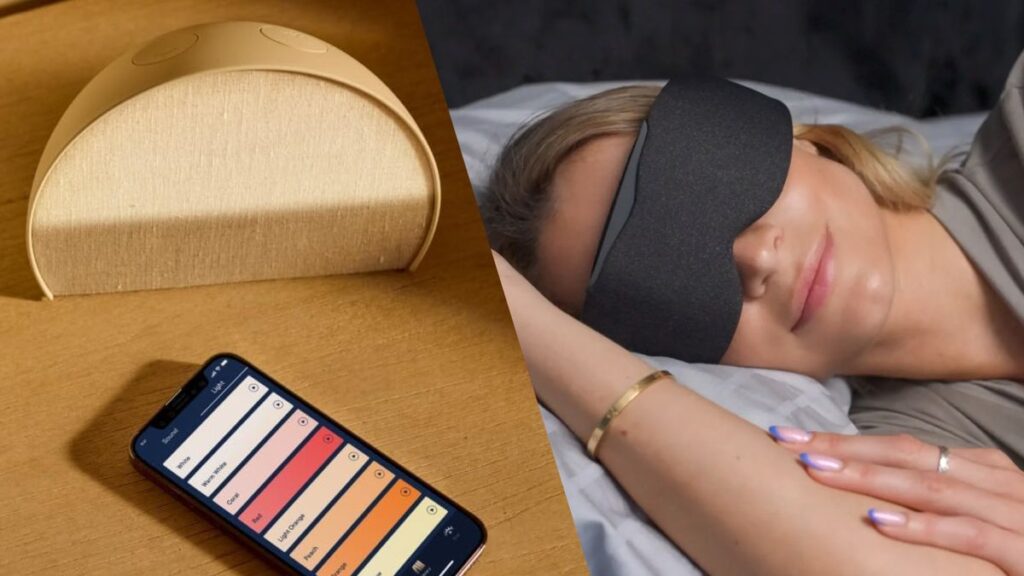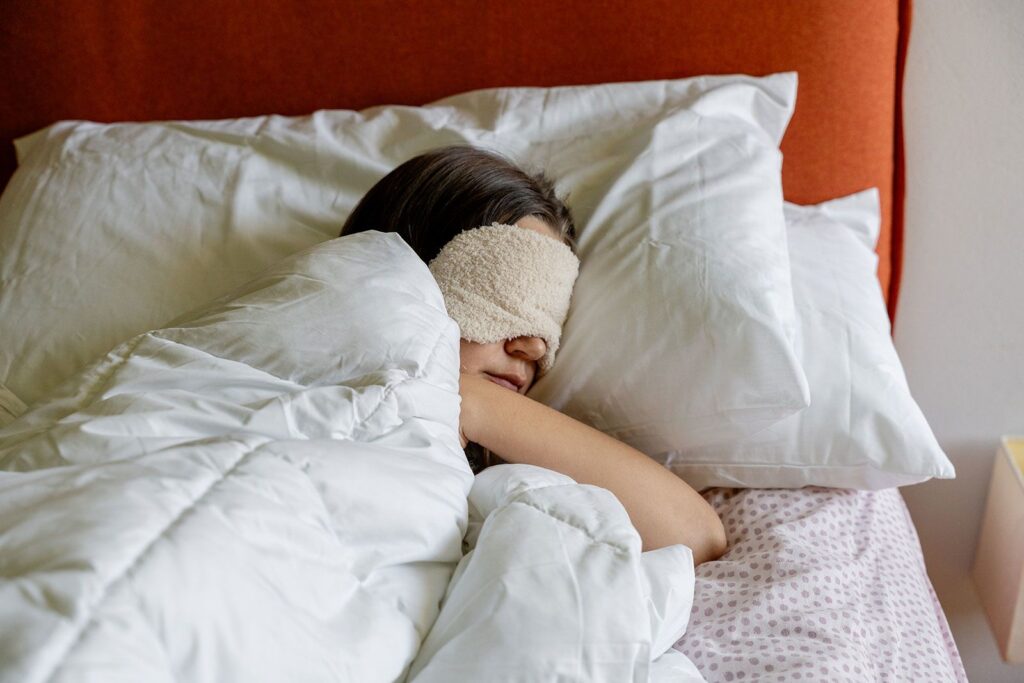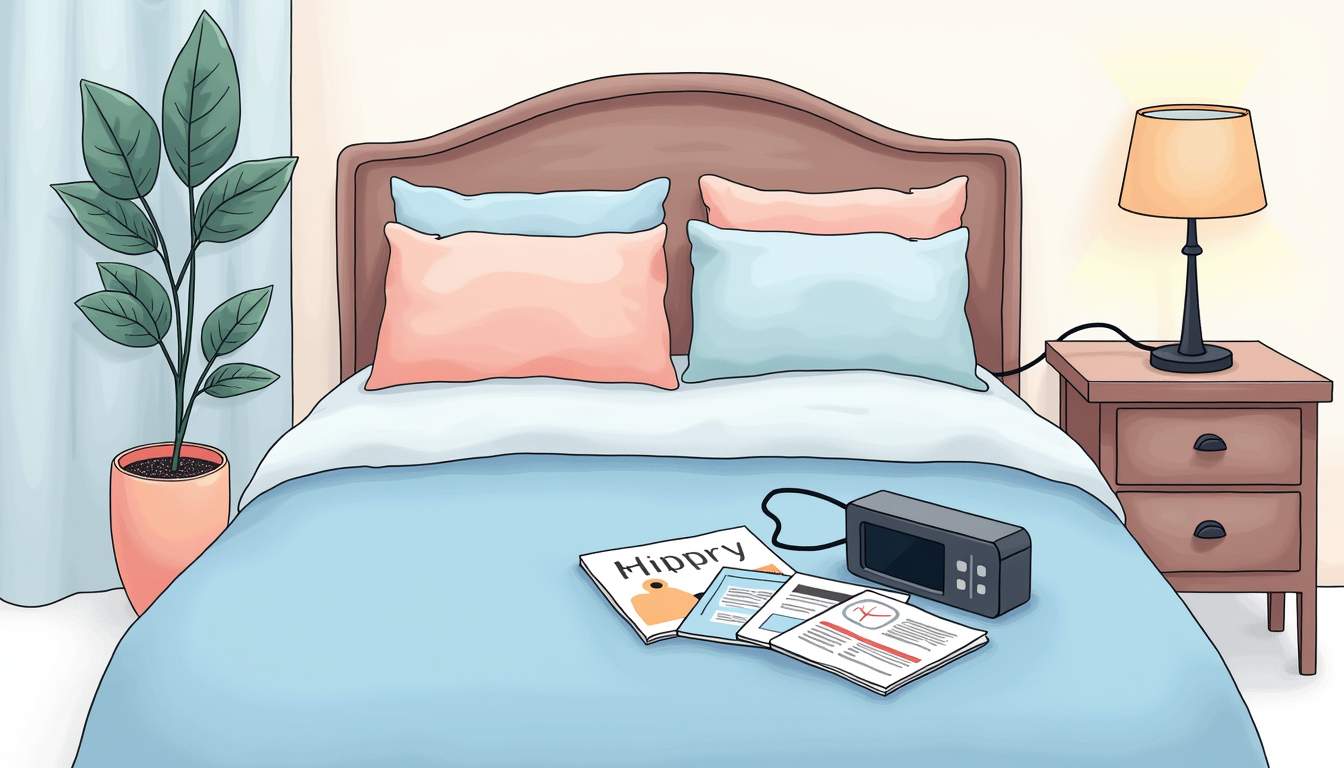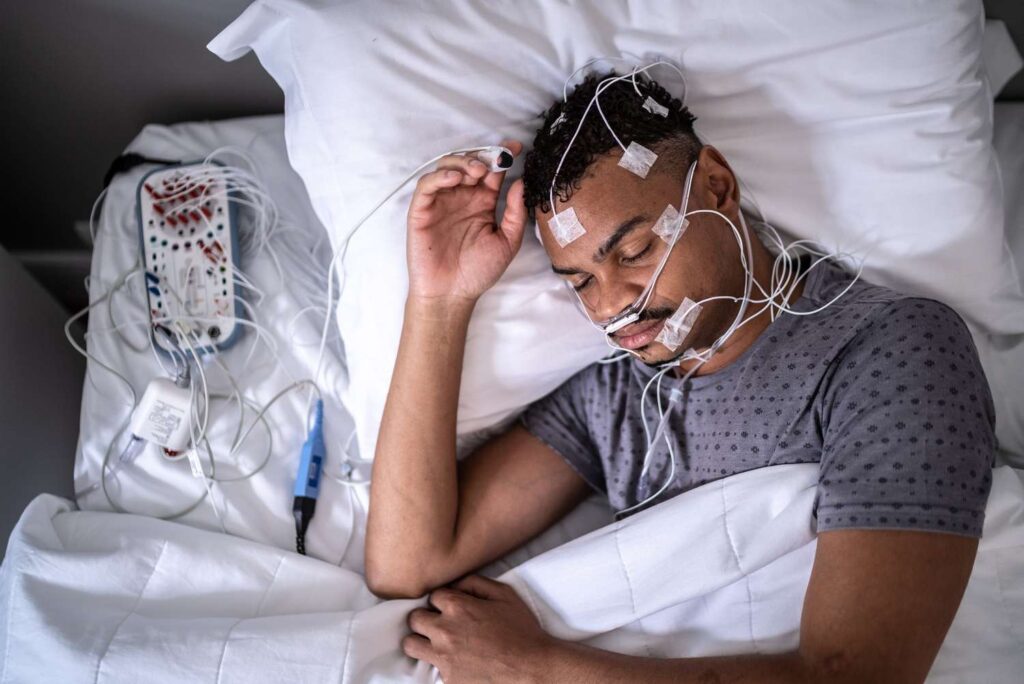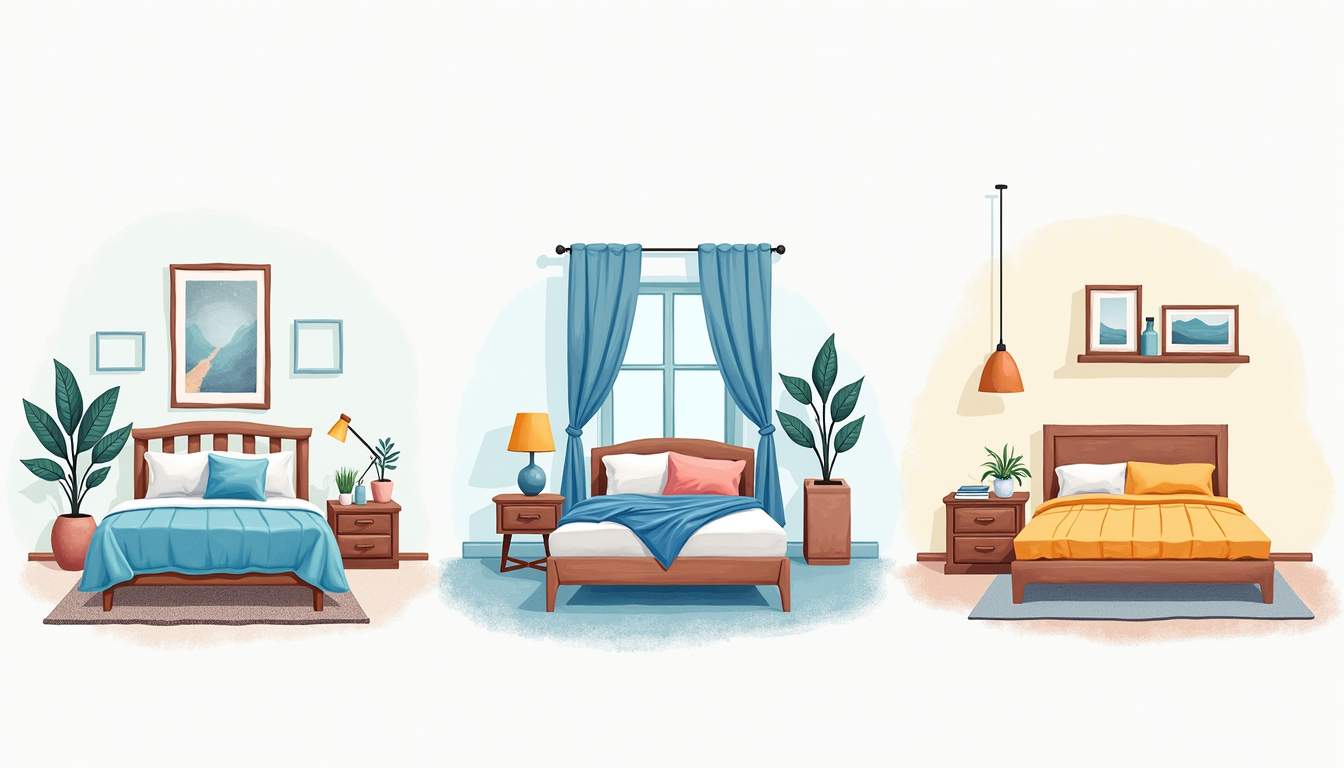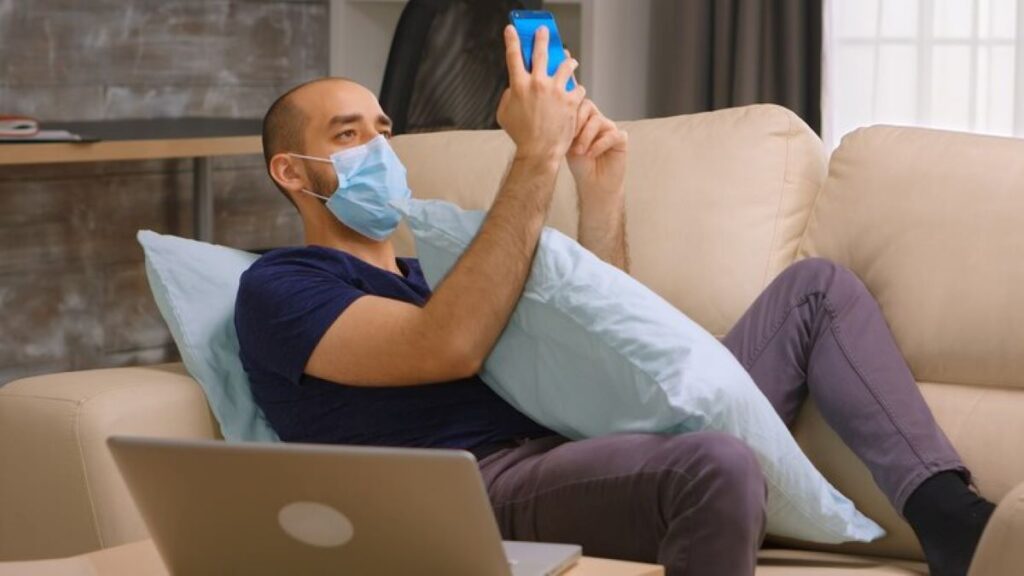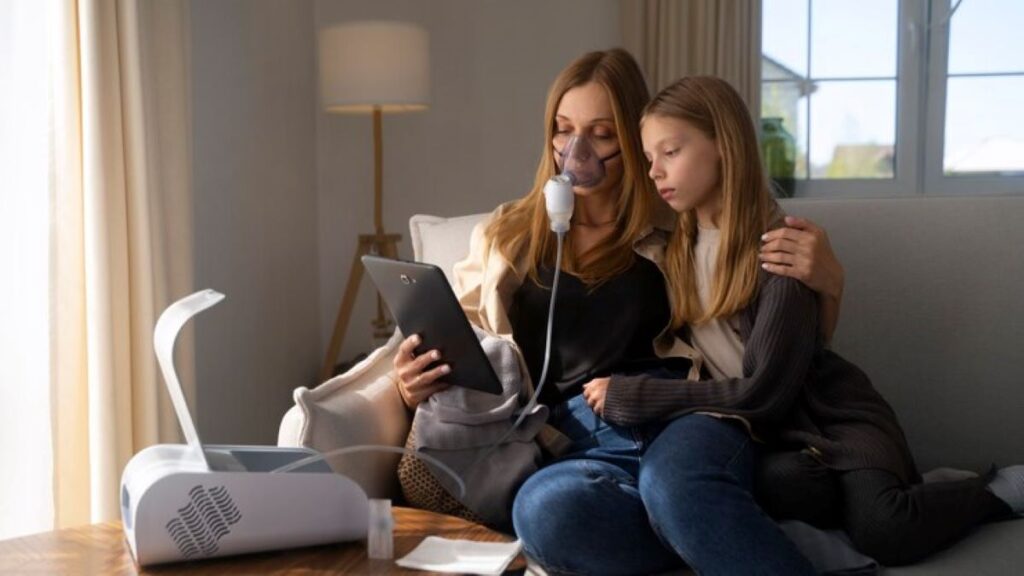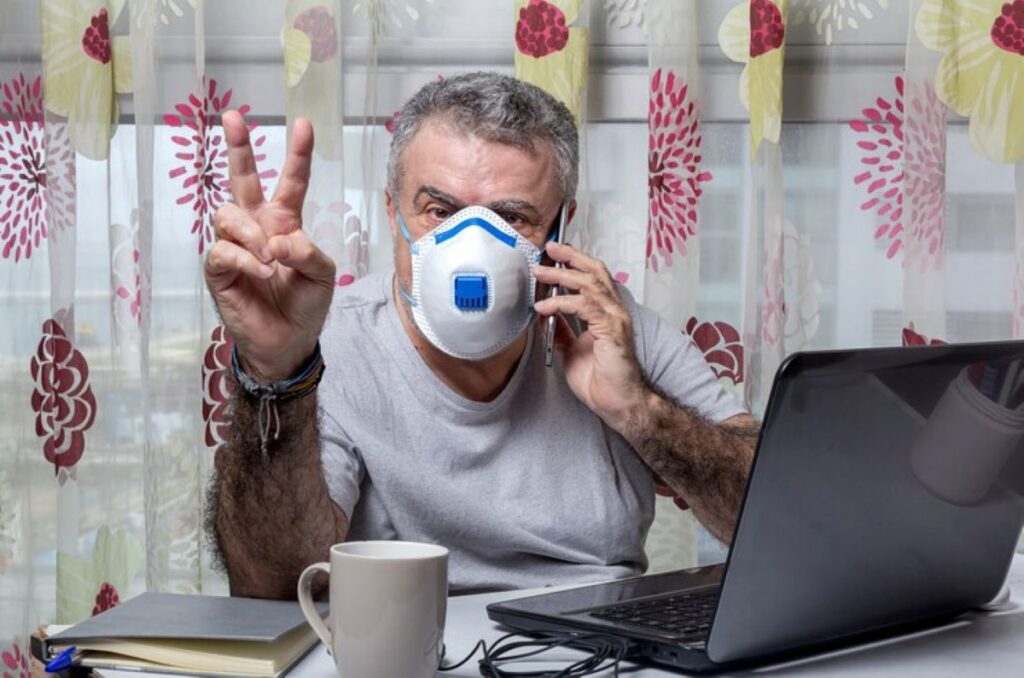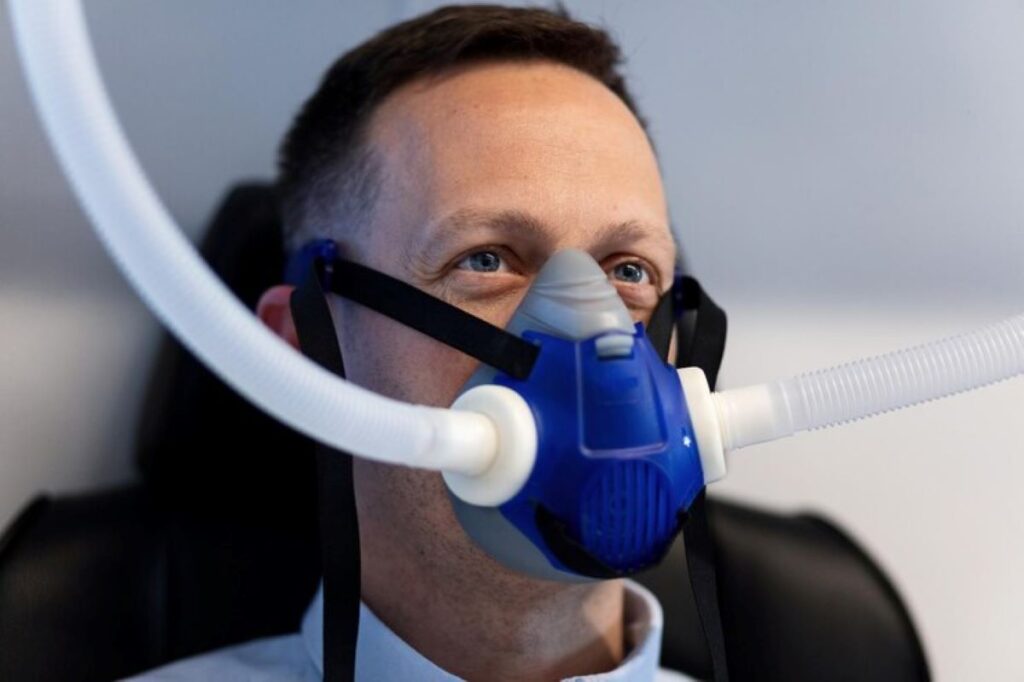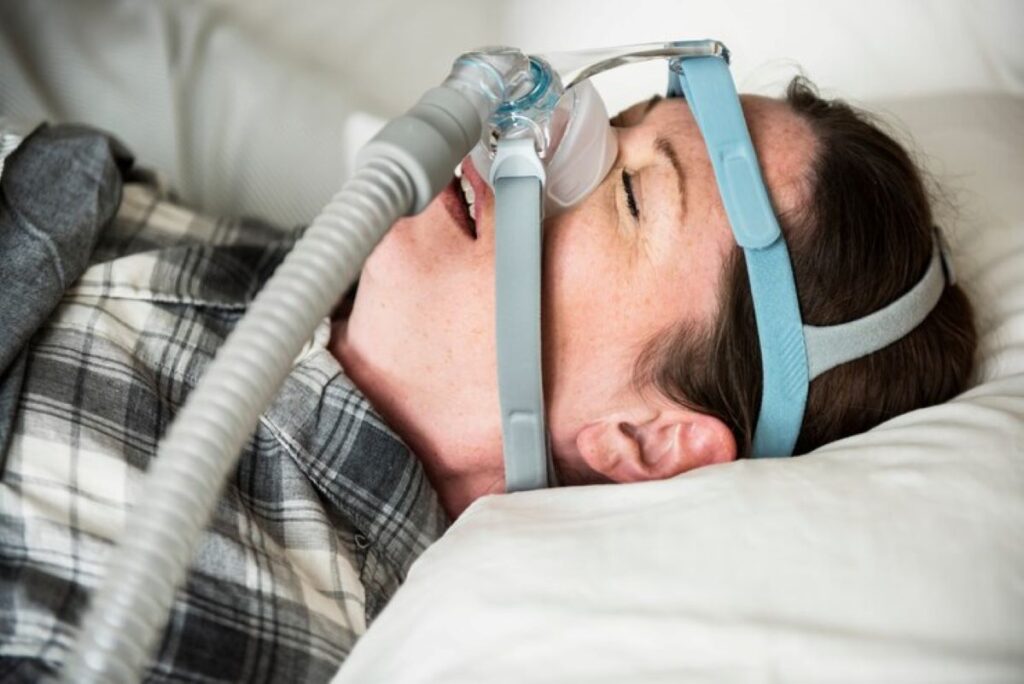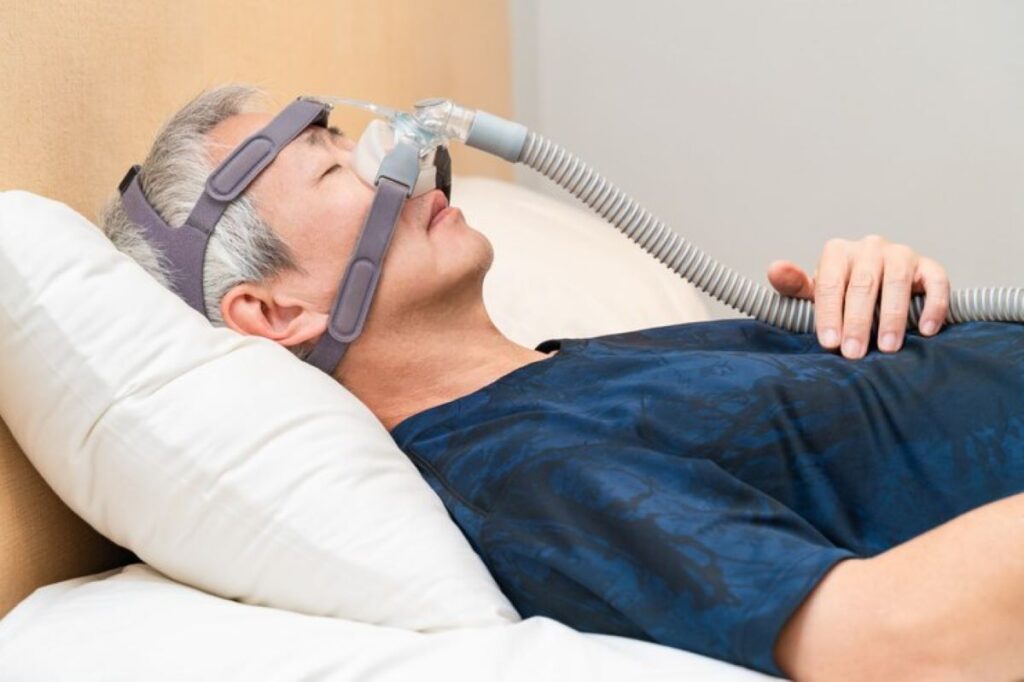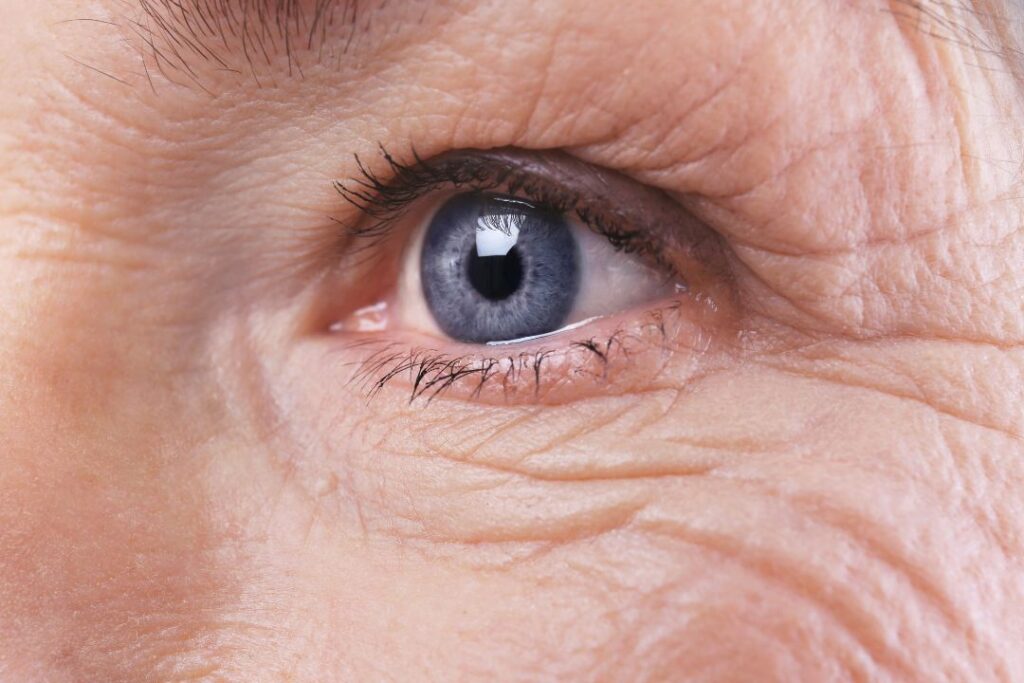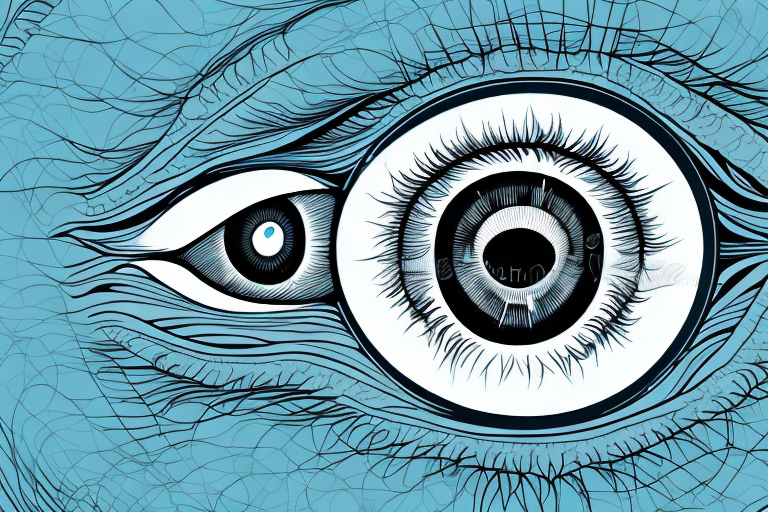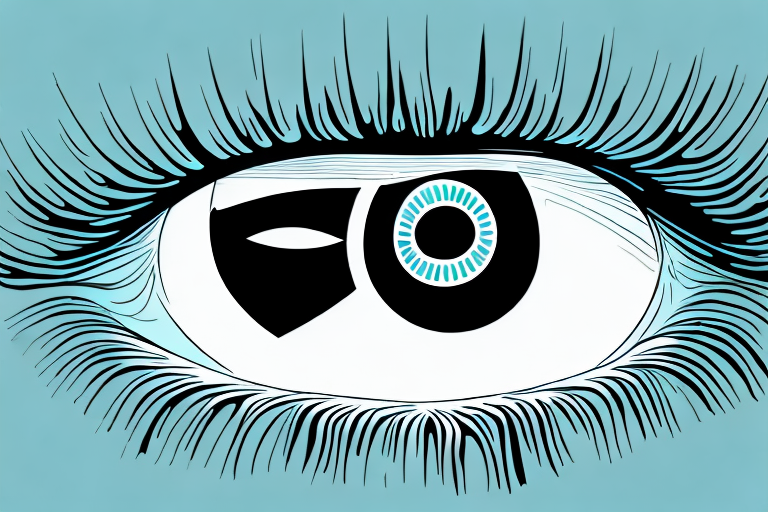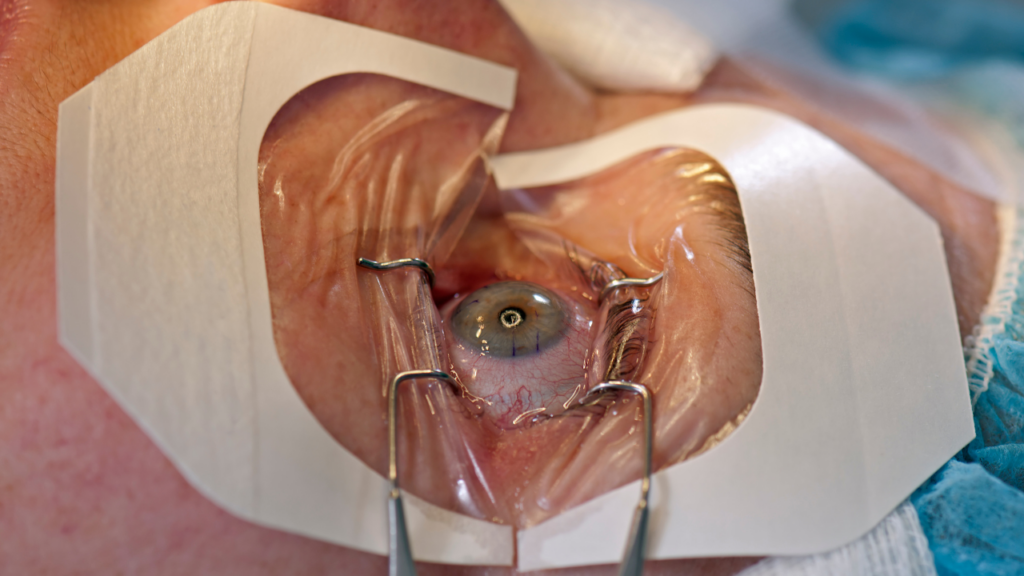Introduction to SMILE Reviews in Australia
SMILE laser eye surgery (Small Incision Lenticule Extraction) is gaining strong momentum in Australia — and with that comes a growing number of patient reviews. For anyone considering SMILE eye surgery, real-world feedback from Australians can be one of the most insightful ways to understand what life is like before, during, and after the procedure. In this article, we’ll explore what actual patients have said: their motivations, satisfaction levels, what surprised them, the challenges they faced, and how SMILE changed their vision and daily lives.
Why Australians Are Choosing SMILE Laser Eye Surgery
Many Australian patients cite several key reasons for choosing SMILE over other vision-correction options:
- Minimally Invasive Appeal: Patients frequently mention that they appreciated the “small incision” aspect of SMILE. Unlike LASIK, SMILE doesn’t involve creating a large corneal flap, which made several reviewers feel more comfortable with its long-term safety.
- Quick Recovery: A recurring theme is how fast many people regained their vision without significant discomfort. Many describe being able to return to work or daily routines within 1–2 days.
- Reduced Dry Eye: Numerous patients highlight reduced dry-eye symptoms compared to their expectations, noting that SMILE seemed gentler on their tear production than they feared.
- Active Lifestyle Compatibility: Athletes, weekend warriors, and those working in more physically demanding jobs often mention that SMILE felt like a “safer bet” because they weren’t worried about a flap being disturbed.
These reasons illustrate why SMILE eye surgery is resonating strongly among Australians who prioritize long-term stability, safety, and fast recovery.
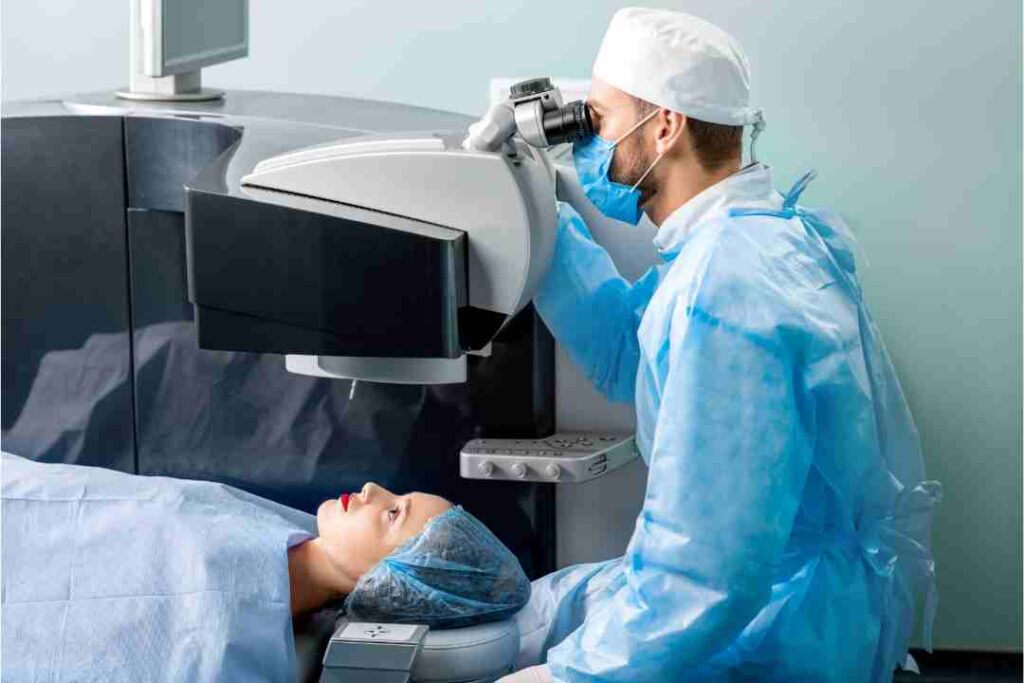
Typical Patient Experience: Before Surgery
Based on reviews from Australian SMILE patients, here’s what many described in the lead-up to their surgery:
- Pre-Operative Assessment: Most patients said they underwent a comprehensive eye assessment, with detailed corneal mapping and measurements. Many noted that their surgeons explained what to expect clearly, helping to reduce anxiety.
- Cost Concerns: Several reviewers mentioned that cost was a big factor, especially as SMILE laser eye surgery cost per eye is not insignificant. Still, many said the quoted price seemed fair once they understood what was included (tests, surgery, follow-up).
- Anxiety and Expectations: Before the surgery, people admitted they were nervous — wondering whether the procedure would hurt, whether the recovery would be uncomfortable, or whether they would achieve the vision correction they hoped for.
Despite anxieties, most reviewed the pre-surgery process positively, often praising the professionalism and communication of their surgical teams.
What Patients Experience During SMILE Surgery
Here’s what real Australian patients often report about the day of their SMILE procedure:
- Comfort Level: Many say the surgery was far more comfortable than expected. With just numbing eye drops and a little pressure, the procedure itself was quick and nearly painless.
- Procedure Time: A consistent comment: “It was over before I knew it.” Patients typically report that the procedure lasts only minutes per eye, with the laser creating the lenticule very precisely.
- Anxiety Relief: For many, being awake but not feeling pain was eye-opening. A number of patients said they were surprised by how calm and manageable the process was — much calmer than they feared.
Overall, the surgical experience tends to receive high marks for efficiency, professionalism, and surprisingly little discomfort.
Early Recovery: Days 1–3 After SMILE
Based on patient reviews across Australia, the first few days after SMILE laser eye surgery are often marked by rapid change and improving vision:
- Vision Improvement: Many describe blurry or “foggy” vision immediately post-surgery, but by the next morning (or within 24 hours), they could already see things much more clearly. Some report being able to return to light tasks or office work very quickly.
- Discomfort: Most patients report mild discomfort, such as a gritty feeling or slight pressure, but they rarely describe “pain.” Often, eye doctors prescribe lubricating drops and anti-inflammatory drops, which help manage these symptoms.
- Follow-Up Visits: Patients often mention how important their early follow-up appointments were. Surgeons check for healing, make sure there’s no inflammation, and ensure the cornea is shaping correctly.
For many Australians, the early recovery is calm and manageable — definitely not the dramatic healing story some expect.
Weeks to Months After SMILE: Long-Term Vision and Satisfaction
When patients reflect on their journey several weeks or months after undergoing SMILE surgery, certain themes emerge:
- Stable and Sharp Vision: Many report that their vision continued to improve and stabilise over the following weeks. Some say they now “see better than ever” and are very pleased with their long-term outcome.
- Lifestyle Freedom: A lot of reviewers talk about how much more freedom they feel — from ditching contact lenses, glasses, and the daily hassle of vision correction. Activities such as swimming, running, or playing sports feel easier and more spontaneous.
- Minimal Side Effects: In longer-term reflections, few mention serious ongoing issues. Some note occasional dryness or minor visual disturbances under low-light conditions (like halos), but most say these were mild and diminished over time.
- Value for Money: Many Australian patients reflect that, given the cost of SMILE eye surgery, the long-term benefits have made it worth the investment. They highlight the importance of choosing a quality clinic and surgeon to maximise value.
Across the board, long-term satisfaction from SMILE patients is consistently high in Australia, particularly among those who made an informed decision and had realistic expectations.
Real Challenges Reported by Patients
While most reviews are positive, some Australians do bring up challenges or things they wish they had known before:
- Cost Transparency: A few mention that their initial quote didn’t clearly state whether enhancement (touch-up) was included. These patients advise future SMILE candidates to get a fully itemised quote.
- Dry Eye Concerns: Although dry eye symptoms are generally milder, some report moderate dryness in the first few weeks and needed to rely on lubricating drops longer than they expected.
- Night Vision Issues: Some patients mention managing halos, glare, or starbursts around lights at night — particularly in the early healing phase. While many say these effects fade, a handful point out that it’s something they wish they had understood better beforehand.
- Follow-Up Commitment: A few reviews emphasise that follow-up appointments are not optional — they make a big difference in catching and managing issues early. Skipping check-ups, according to them, would be a mistake.
These common challenges underscore the value of proper counselling, realistic expectations, and picking a centre that prioritises both surgical success and long-term aftercare.
Highlights from Australian Patient Testimonials
Here are some representative insights drawn collectively from various real patient experiences in Australia:
- “I was driving by myself the next day — I couldn’t believe how clear everything was.”
- “The worst part was just sitting in the waiting room; the procedure itself was so calm.”
- “I was worried about dry eyes, but it was much better than I thought — I didn’t need drops all day after the first week.”
- “It’s changed my lifestyle. No more contact lenses when I go swimming or to the gym.”
- “I’m really glad I asked for a detailed quote. I realised afterward that a few cheaper clinics didn’t include follow-up or enhancements.”
These kinds of comments reflect the real and varied experiences of SMILE patients, helping future candidates get a sense of what to expect.
Things to Consider Before SMILE Based on Patient Feedback
From reflecting on reviews, here are some practical take-aways for Australians considering SMILE eye surgery:
- Ask for a Detailed Cost Breakdown — Make sure your quote covers pre-op, surgery, post-op, and potential enhancements.
- Be Prepared for Mild Discomfort — Gritty sensations and temporary blurriness are common, but don’t usually last long.
- Stick to Your Follow-Ups — Taking post-op appointments seriously can help spot and manage any complications early.
- Manage Expectations for Night Vision — Minor halos or glare may occur early on; they typically fade, but you should ask your surgeon about the likelihood.
- Evaluate Long-Term Value — Many patients strongly feel that SMILE was worth the investment because of freedom from glasses and contact lenses.
These considerations, rooted in real patient experiences, can help you make a more informed and confident decision.
Conclusion
Real Australian patient reviews of SMILE laser eye surgery overwhelmingly highlight safety, fast recovery, and life-changing vision outcomes. While a few challenges exist — such as cost transparency and early dry-eye symptoms — most patients describe SMILE as a worthwhile, transformative investment in their quality of life. If you’re weighing SMILE eye surgery, taking time to understand these real-world experiences can help you feel more prepared, confident, and optimistic about your decision.
FAQs
Yes — many report that despite the SMILE eye surgery cost, the long-term benefits and clarity of vision make it a valuable investment.
According to reviews, many patients notice major improvements by the next day, and vision continues stabilising over a few weeks.
Some do in the early recovery phase, but most say these symptoms are mild and manageable with lubricating eye drops.
A few patients mention halos or glare around lights at night, especially soon after surgery, but these effects often fade during healing.
Very important — many patients stress that post-operative appointments helped them track healing and address complications early, contributing to their overall satisfaction.

